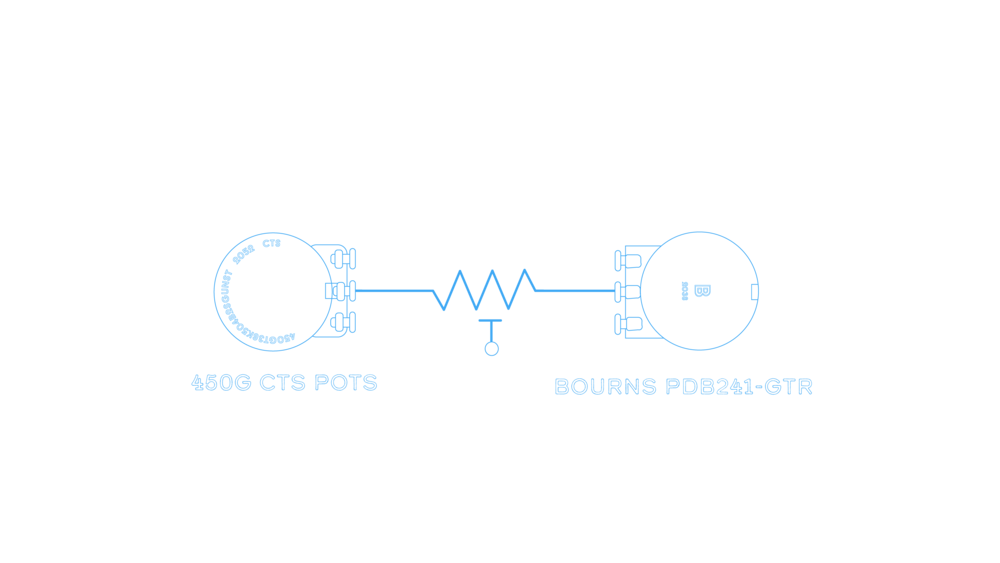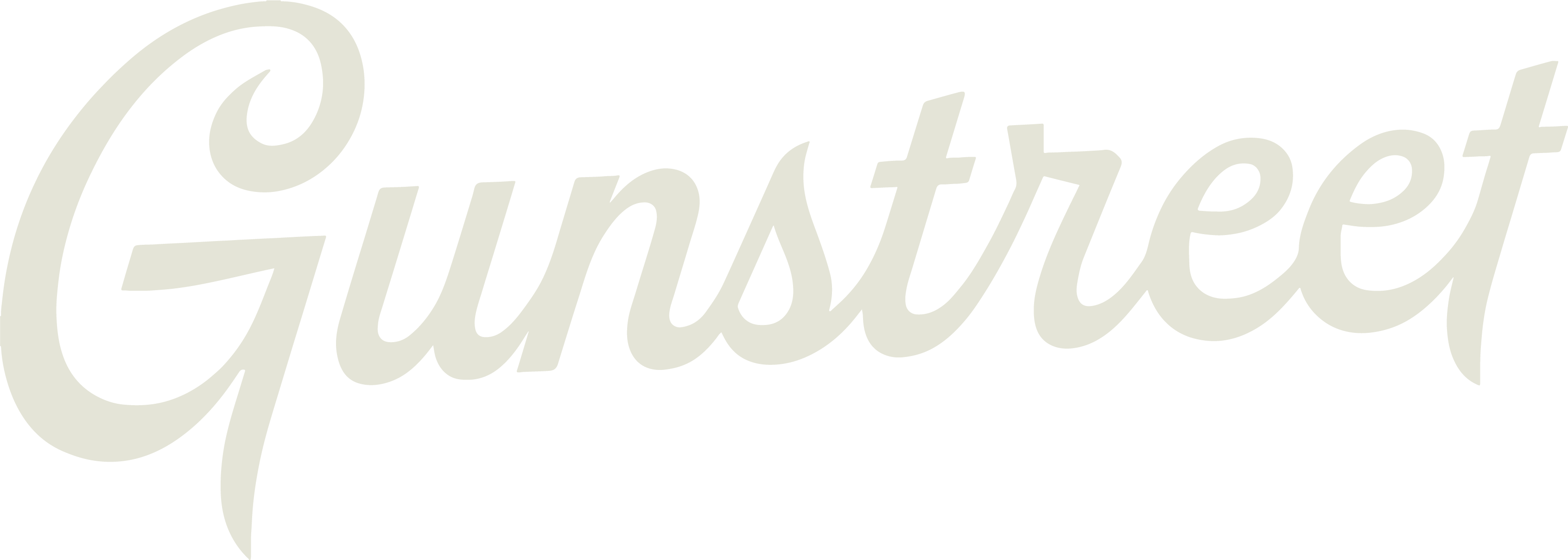What’s The Difference Between BOURNS AND CTS POTS?
By Sean Arbow
This is one of the most asked questions that we can't really answer, it is too subjective. It's like asking you which soda do you prefer, 7up, or Sprite? both have fans who love one, and hate the other!

Life Cycle Rating and Value Accuracy:
Let's talk about the most important part about potentiometer quality that manufacturers look for when buying pots. Both Bourns and CTS feature excellent ratings both in life cycle and in accuracy of their stated value. But on a more serious side tangent. Let's talk about tolerances. You will find that there are a lot of sub brands who resell their own versions of both Bourns and CTS using cringe marketing terms designed to make you the consumer choose them over the company they bought the pots from. First your guitar wiring is a passive circuit, so that means tolerances within the normal variance of +/-20%, doesn’t matter to the overall sound quality. It's only when you switch from large amounts like from a 500k to 300k pot will you hear a difference. Plus just because it says its -/+20% doesn't mean it’s a lot. After measuring over 200+ pots of both brands we found that 89% measured within 10%.
Where these brands actually differ and create their own cult following

Part 1: AUDIBLE taper
Pot Taper: Now if you don’t know what a pots taper is then this chart makes no sense. So let's quickly explain what a pots taper is. First, taper in your guitar wiring is defined by how the volume or tone control decreases. Simple enough, right? Now the confusing part. There’s 2 types of tapers; audio and linear.
Linear taper means that the volume value decreases in a consistent amount. So level 10 is 100%, 9 is 90%, 5 is 50% and so on. Audio taper is designed to mimic how your ears work. So like a linear taper level 10 is 100% but this time level 3 on your guitar knob is going to be close to 50% of the pot's value. Alright, now that we understand that for this reference we are going to refer to both brands as audio tapers.
BOURNs vs CTS Taper: So using this chart as a reference, you can see with this voltage divider (volume) circuit we used, the taper is very similar from volume levels 4 and lower but very different from 9-5. CTS has a decrease from each level of around 5% and Bourns has a slower rate of around 2%. At this point, I am assuming I lost a lot of people by using percentages to talk about this Voltage Divider's taper, but in simplest terms the Bourns may be louder. But please note, that >85% of what you hear has nothing to do with the pot brand but solely how you wire the filter circuit. Using one brand but changing the filter circuit to 50s, Modern, or Volume Bleed will give you 3 different audible tapers!
Part 2: Shaft friction
Now this is a make or break for a lot of people. Bourns features a “low friction shaft” which means it is incredibly easy to spin the knob. Some people love this as it is a must have for those who love volume swells. But for those who don’t like it. They really don't like it. You hear them say things like "it feels like a toy" or “it feels cheap”, even though there is a lot of engineering to make it feel that way. If i were to distill this whole blog down to one line i would say the only real difference between these brands is the shaft friction and that’s it.
Want to learn more about parts, and circuits?
About the Author: Sean Arbow
Sean has been obsessed with circuit designing for 17+ years, He is our custom shop builder and has made tens of thousands of kits for people, including some very high-profile musicians. He's the style of nerd your favorite local tech fanboys about
